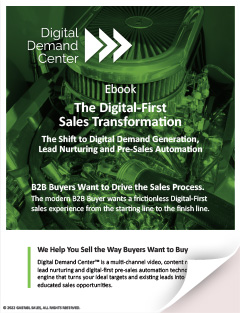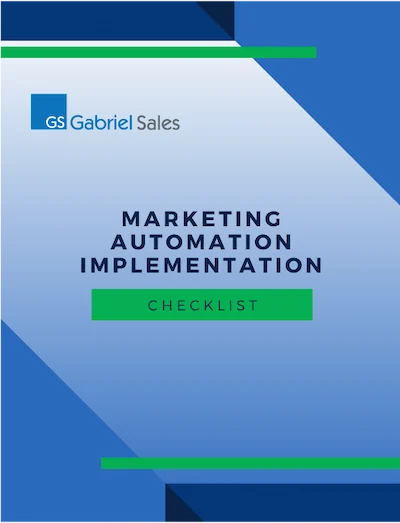 By now, most companies in the B2B space are blogging. According to a 2014 marketing report, the percentage of companies adopting blogging as a B2B content marketing strategy went up 11% from 2012.
By now, most companies in the B2B space are blogging. According to a 2014 marketing report, the percentage of companies adopting blogging as a B2B content marketing strategy went up 11% from 2012.
Because stuffing your blogs with keywords is no longer effective for SEO or sales, blogs in 2014 will continue on the trend towards more quality content. In addition to providing quality, here are three things to add to your B2B blogs in 2014 to help improve engagement and conversion:
1. Videos
As we’ve written about previously, 2014 is going to be a big year for video marketing. In terms of blogging, videos can help extend the message of your written text into a visually engaging format.
There are several good ways to add a video to a blog. You can do a video-focused style post, where the video is at the top and the written text is a brief summary of the content that can be found in the video. Some people may call this a vlog (video+blog). Another good option is to add a video to give an in-depth example of something referred to in the text. This is great when you are talking about something like a complicated technical process that can be better understood through visuals; and IT Business Edge recently stated 70% of B2B buyers view product demo videos before they select a vendor.
2. Social proof
In the new, buyer-dominated world of marketing, social proof is only going to rise in importance. One reason for this is that buyers are trusting each other’s opinions more and more and companies’ ‘opinions’ less and less.
In blogs, there are several ways you can demonstrate social proof. The first is attaching social sharing buttons to each post; you can see an example of this at the top of this post. You can also post blogs with customer testimonials or reviews. This allows your customers tell your story for you, and is a great way to help build trust early on in the sales cycle.
3. Second-stage content
For the most part, B2B blogs are pretty basic and can be easily scanned through in a matter of minutes. If your blogs are being used for brand awareness, early stage education lead generation, shorter and more basic blogs make sense, as you do not want to overwhelm your reader early on.
However, for both SEO and sales strategy, you may want to consider adding more in-depth blog content every once in a while. In regards to SEO, while the old ‘keyword’ focused Google algorithm sometimes rewarded short, keyword-dense blogs, the new Hummingbird algorithm is geared toward finding more quality, in-depth content. If there is something happening in your area of expertise, write a feature type article on it rather than a 300-500 word summary.
In terms of sales, having more substantive second-stage blogs can help with conversion. Because many B2B buyers now like to take themselves through the entire buying process on their own, they will thank you for giving them the detailed content that allows them to do that. If a prospect can find everything they need to make a buying decision on your site (educational content, product comparisons, technical demos, details on the engagement process, testimonials, etc.), they may not have any reason to look at other options.
For more tips on B2B blogging, read, “B2B Blogging – Why It’s a Double Win”. Please feel free to contact us with any questions.




